(Ifimes) After decades of controversies related to the natural gas fields in the sea, and the threats of war because of them, Lebanon and Israel have finally brokered an agreement on their maritime boarders. The agreement is described as historical. After almost two years of intensive trilateral negotiations between Israel and Lebanon, under US mediation, the three parties announced on 10 October 2022 that an agreement had been brokered on demarcation of “temporary” maritime borders between Lebanon and Israel, which allows both countries to exploit gas reserves in the Mediterranean. Amos J. Hochstein, former Advisor to US President for Energy Security personally conducted direct talks between the two countries, which still do not mutually recognize each other and are officially at war.
The US have managed to convince the Lebanese and Israeli governments to accept the agreement on demarcation of an exclusive economic zone,[2] after some modifications had been incorporated. Both countries stated that the latest formula “meets all the demands”. If signed and ratified the agreement will constitute a victory of the three sides, Lebanon, Israel and the US. It will also be an important milestone in the process of managements of regional conflicts by Washington based on the principle that there are no losers and that everyone wins. Specifically, based on the “win-win” scenario.
The two countries agreed to establish who has the right to the fields of natural gas in their maritime economic zones in this part of Eastern Mediterranean. The new agreement does not focus on maritime borders between the two countries, which include a surface area of around 860 km2 in an “exclusive economic zone (EEZ)”.
The situation remained frozen all until 2020, when Israel begun to prepare for exploitation of the Karish gas field, which is located in the area disputed by Lebanon. According to Israeli maps, this area totaling between 860 and 1430 km2 is within the Israeli EEZ, while on the other side Lebanon claims that the area is within its zone, which includes the gas field known as “Qana”. The dispute threatened to impede Israeli works on the Karish gas field and simultaneously prevent Lebanon in attracting oil companies to work on the “Qana” gas field.
Draft agreement
The agreement envisages a status quo in the vicinity of the coast, as well as along the controversial buoy line. “The two sides intend to resolve all the disputes related to interpretation and implementation of the agreement through talks, mediated by the United States,” which means that Washington maintains the role of the guarantor, read the draft.
The agreement underlines that Lebanon and Israel can renegotiate their maritime borders if negotiations on land borders, which separate the two countries and which have not been resolved ever since the establishment of Israel in 1948, are organized. Israel will get 17% of revenues from the Lebanese “Qana-Sidon” gas field, once the exploitation commences.
Although the agreement is limited in scope, it represents a solution for the tensions between the two countries, which had even been at a brink of an open war in the past months, opens a way for exploration of energy sources in the Mediterranean Sea and allows for beginning of economic cooperation after seven decades of conflicts.
However, there are still certain doubts regarding the implementation of the agreement and its practical application, bearing in mind that governments in neither Lebanon nor Israel have been elected. Although the Lebanese President Michel Aoun had announced that he will step down from his position in early November, the Lebanese parliament has still not managed to elect a new President.
At the same time, Israel is to hold general elections on 1 November 2022, which could result in establishment of a government headed by the opposition leader Benjamin Netanyahu, who had explicitly announced rejection of the agreement and promised that he shall “neutralize” it once he comes to power or the four-year political crisis will continue. Namely, as fragile and unstable coalitions were created, the established governments remained in power only for rather short periods of time, which did not exceed a year.
Challenges on the Israeli side
The obstacles can be much bigger, starting from the dispute regarding the authority of the Israeli Government headed by Prime Minister Yair Lapid to sign the agreement by which Israel undertakes to cede an area under its sovereignty to another country. Namely, the opponents believe that the Government must get support of a two- thirds majority in the Israeli Parliament (Knesset) for adoption of such an agreement or that the government is to organize a people’s referendum on such an agreement. On the other side, there is also a different opinion, according to which these provisions apply to international agreements, while the agreement that Israel had brokered with Lebanon under US mediation will not be jointly signed. Namely, it will be organized in the form of an exchange of letters between the US, as a mediator, and each of the countries (Israel and Lebanon), stating that each of the parties had accepted the US proposal containing the terms of the agreements from the documents that the two countries had provided to the UN. Therefore, this agreement is not treated as a traditional agreement, and as such does not require support of a two-third majority in the Knesset.
The Israeli Prime Minister feels sufficiently confident that the agreement shall “strengthen the security of Israel” and ensure revenues amounting to billions of dollars to the Israeli economy, as well as stability of northern borders of the state (from Hezbollah), although land borders are yet to be marked. This progress is the second diplomatic success achieved by Prime Minister Yair Lapid within a month, after the revival of the EU-Israel Association Council[3] and the meeting held on 3 October 2022 after a decade-long hiatus.
Challenges on the Lebanese side
It appears that obstacles to the agreement are smaller on the Lebanese than on the Israeli side, as no political party, including the pro-Iranian Hezbollah, dares to dispute an agreement that can bring billions of dollars to empty national treasury, while the country is on the verge of bankruptcy and is going through a serious economic crisis. However, there is still fear of wounds and frustrations of the Lebanese people, as great hopes are placed on the discovery of natural gas reserves, which are still not realistic. Some experts hold that the Lebanese “Qana” gas field will maybe never be a major natural gas deposit, as is expected.
On the other side, statements by Israeli Prime Minister Yair Lapid that according to the agreement Israel will get 17% of revenues from the “Qana” gas field, in addition to the fact that it will continue to manage its “Karish” gas field, indicate that in the coming years additional billions of dollars will be poured into the Israeli budget. Such statements by the Israeli side can “galvanize” opponents to the agreement in Lebanon, who are against Lebanon giving Israel a part of the revenues from the sale of natural gas from the Lebanese gas field. The question to be asked is in which period can it be expected that the “Qana” gas field will start functioning and brining economic benefits? For the time being, neither the oil companies, nor the France-based Total Company, have an answer.
Diplomatic success of the US
The success of the US diplomacy in the Middle East comes after its major failure to convince Saudi Arabia to increase oil production in order to compensate for the shortages in supply caused by the US and European sanctions against Russia. On the contrary, the OPEC Plus group, which includes Saudi Arabia and Russia, have decided to reduce daily oil production from early next month by two million barrels per day, which has triggered strong responses. US President Joseph Biden expressed disappointment over Saudi oil policy.
European Union
Four decades ago US President Ronald Reagan[4] visited Bonn and met with German Chancellor Helmut Schmidt on 20 May 1981. During the visit he warned Europe in general, and particularly Germany, not to rely on the Russian natural gas. At the time he advocated use of alternative gas suppliers, particularly Norway and Algeria. Europeans developed Norwegian resources, but claimed that suppliers such as Algeria were not any more reliable than the ones supplying the Soviet natural gas.
Twenty years after Reagan’s recommendations, interest in the Eastern Mediterranean region, as a region rich in oil and natural gas, emerged in the late twentieth century. A Report[5] of the US Geological Survey from 2010 estimates that there is a deposit of 3,455 billions of cubic meters of natural gas and 1.7 billion barrels of oil in the region.
EU should continue the Eastern-Mediterranean pipeline (EastMed)[6] project and include Turkey, Lebanon and possibly Libya in it. In 2013, the construction of EastMed was regulated by European Commission Regulation no. 347/2013 as a project of common interest. In the period from 2015 to 2018 the European Commission appropriated more than 34.5 million Euros for completion of technical, economic and environmental studies for the project[7].
The project came to a halt after in early 2022 the US denied support to the project, which was supported by the previous administration headed by President Donald Trump.
Model for cooperation and peace- Gas and Washington agreement
It can be said that one of the long-term goals of the agreement on demarcation of maritime borders between Lebanon and Israel can represent a model of so-called “economic peace”, which Israel is attempting to implement by making economic impetuses an alternative to mutual recognition and a way reduce mutual tensions between the two states. The agreement with Lebanon can be a successful model of economic peace that transcends ideology, hostilities and psychological barriers among peoples, which result in continuous confrontations between the two countries, and that can later be applied to the Palestinian case as well. If the agreement between Lebanon and Israel becomes sustainable and overcomes current and future obstacles, the idea of replacement of a military conflict with economic peace – through economic and trade agreements, as well as bilateral and regional cooperation that pursues interests of all the involved parties – can be a model for cooperation. This model can be applied to states that have similar unresolved political relations, i.e. Israel and Syria, India and Pakistan in the Kashmir region, South and North Korea, Morocco and Algeria in Western Sahara, Serbia and Kosovo, etc.
A similar agreement is the Washington Agreement of 4 September 2020, which represents a model of the “gas agreement” that Serbia and Kosovo has signed as separate agreements (like Israel and Lebanon) with the US on “economic normalization”. The Washington Agreement does not touch upon the already existing dialogue, taking place between the official Belgrade and Pristina under EU mediation. The Washington agreement reflects a new political reality, not just for Kosovo and Serbia, but the entire Western Balkans region, and even the EU itself. The agreement provides for continuation of cooperation between Serbia and Kosovo without their mutual recognition.
Ljubljana/Beirut/Tel Aviv, 28 October 2022
Footnotes:
[1] IFIMES – The International Institute for Middle East and Balkan Studies (IFIMES) from Ljubljana, Slovenia, has a special consultative status with the Economic and Social Council (ECOSOC)/UN since 2018.
[2] An exclusive economic zone (EEZ), as prescribed by the United Nations Convention on the Law of the Sea, is an area of the sea in which a state has special rights regarding the exploration and use of marine resources, including energy production from water and wind. It stretches from the outer limit of the territorial sea out to 200 nautical miles from the coast of the state in question. It is also referred to as a maritime continental margin and, in colloquial usage, may include the continental shelf. The term does not include either the territorial sea or the continental shelf beyond the 200 nautical mile limit. The difference between the territorial sea and the exclusive economic zone is that the first confers full sovereignty over the waters, whereas the second is merely a “sovereign right”. Link: www.un.org/depts/los/convention_agreements/texts/unclos/part5.htm .
[3] Source: EU-Israel Association Council, 3 October 2022, link: https://www.consilium.europa.eu/en/meetings/international-ministerial-meetings/2022/10/03/
[4] Joint Statement Following Discussions With Chancellor Helmut Schmidt of the Federal Republic of Germany, 22 May 1981, link: www.reaganlibrary.gov/archives/speech/joint-statement-following-discussions-chancellor-helmut-schmidt-federal-republic
[5] Source: USGS – World Petroleum Resources Project: Assessment of Undiscovered Oil and Gas Resources of the Levant Basin Province, Eastern Mediterranean, link: https://pubs.usgs.gov/fs/2010/3014/pdf/FS10-3014.pdf
[6] Source: DEPA – International Infrastructures, link: www.depa.gr/international-infrastructures/?lang=en.
[7] Source: EUR-Lex, link: https://eur-lex.europa.eu/eli/reg/2013/347/oj/eng.

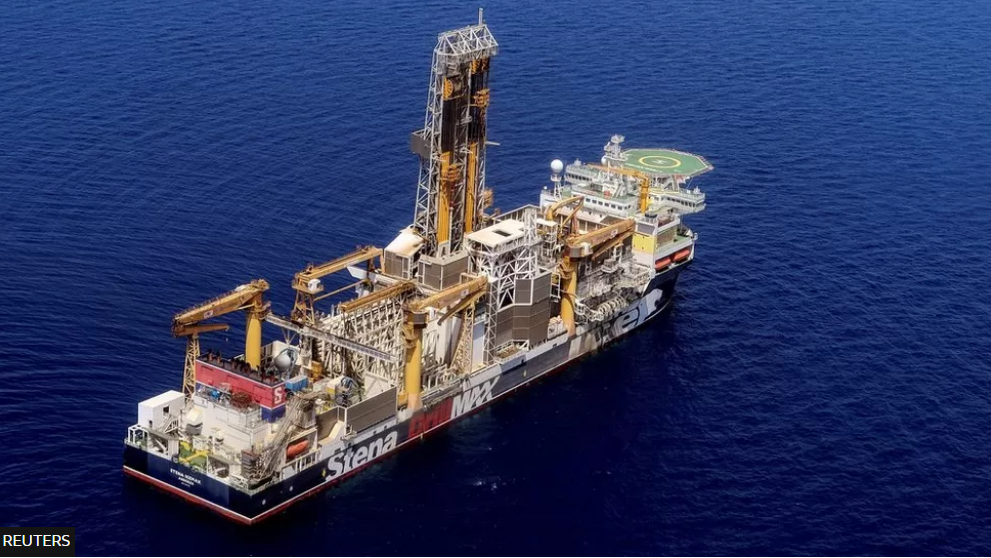

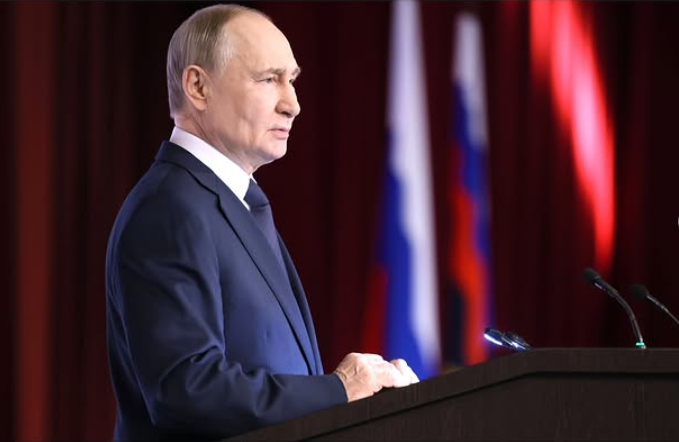
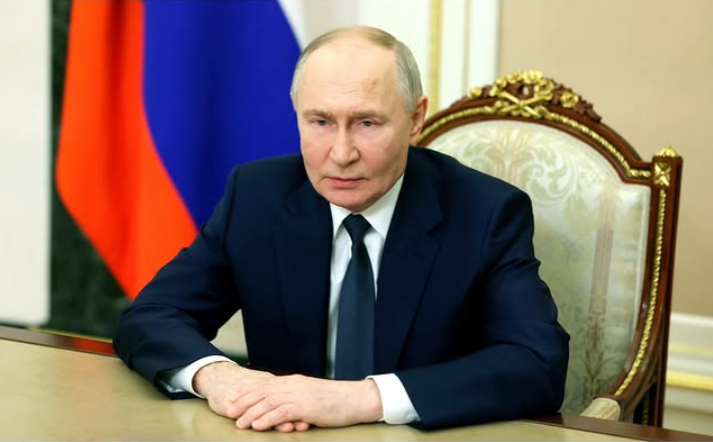
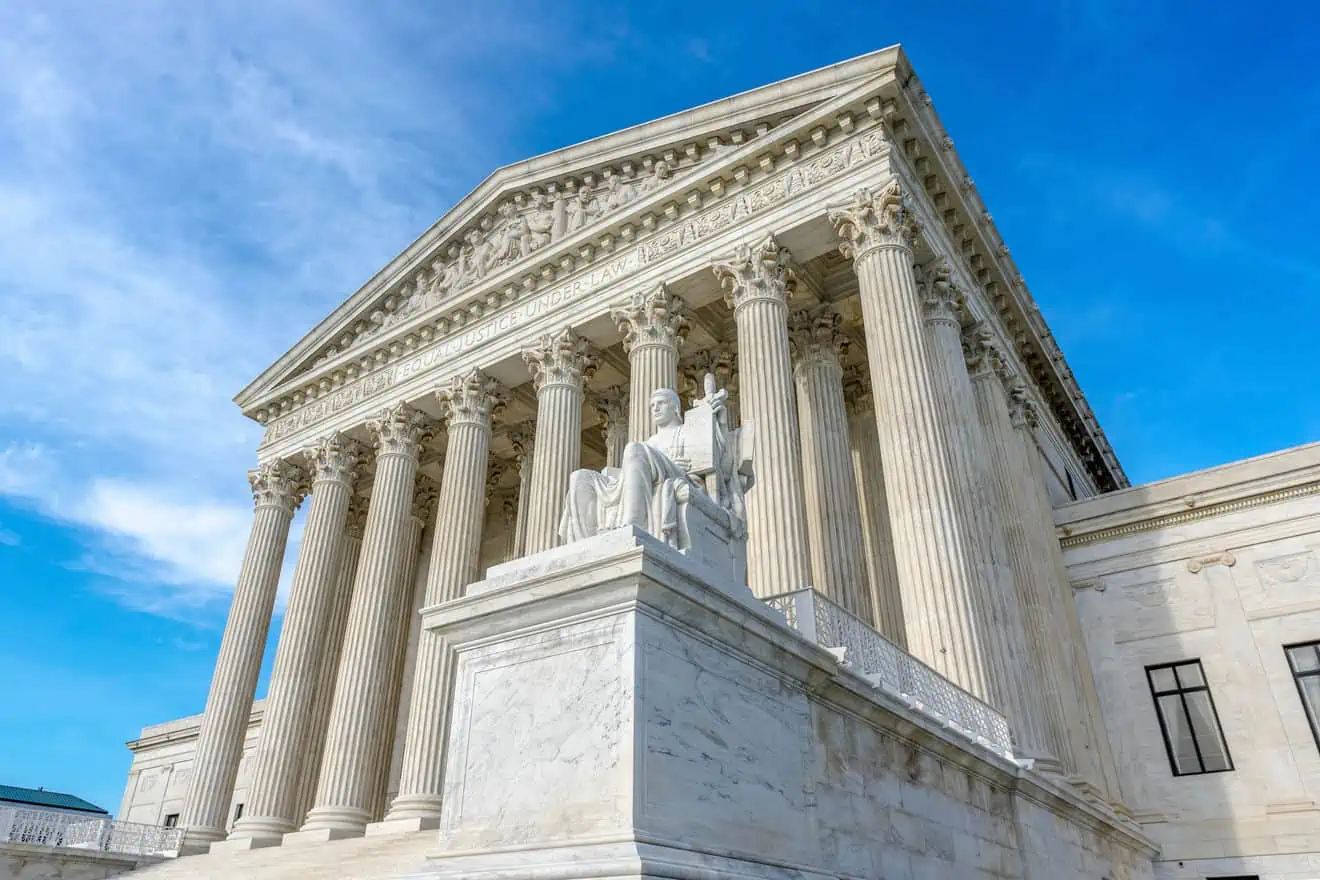
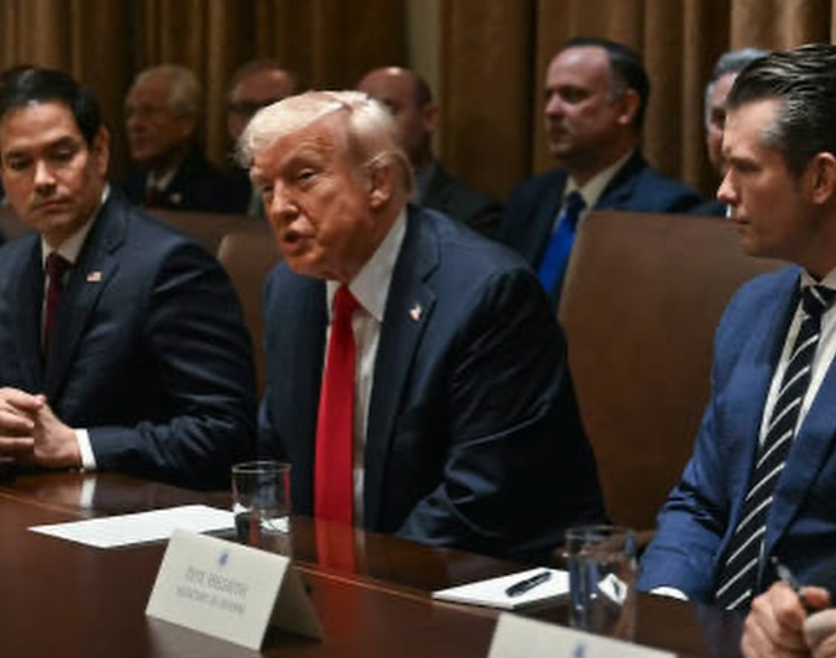
Leave a Reply